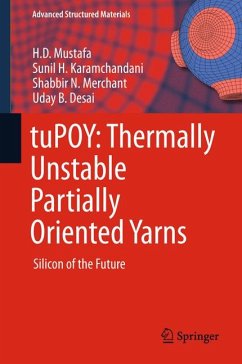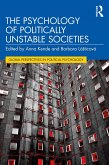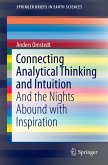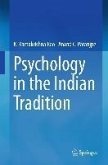The book covers the production process of tuPOY and goes on to conceptual advancement from manipulating the sensing, radiating and processingproperties of tuPOY. Theoretical modelling of tuPOY is characterized by steady-state equations exploiting interchanges based on the lattice kinetics, which mathematizes an Interchange Phenomenon in tuPOY. The numerical manifestations calibrate mathematically, tuPOY's response to any external physical impetus such as charge, heat or energy flow.
The book validates the sensing properties and theoretical model by designing a tuPOY sensor which can be used in a plethora of applications. A novel microstrip antenna is designed by amalgamation of tuPOY, raw silk and polynylon composites to experimentally verify the radiation properties of the new material. The conduction properties are verified by drawing fibres of tuPOY and using them as wires and connectors in electronics. A Power Generating Unit (PGU) is designed with tuPOY as its primary element. This is a first of its kind PGU that scavenges power from thermal energy presenting a new dimension in operational power dynamics.
Overall this book should be of interest to a wide range of readers ranging from researchers, scientists, developers, manufacturers, engineers, graduate students and anyone who has satiety to think differently.
Dieser Download kann aus rechtlichen Gründen nur mit Rechnungsadresse in A, B, BG, CY, CZ, D, DK, EW, E, FIN, F, GR, HR, H, IRL, I, LT, L, LR, M, NL, PL, P, R, S, SLO, SK ausgeliefert werden.









